Solid-lubricating bearings can maintain stable operation under heavy load conditions, mainly due to their unique lubrication mechanism and material properties.
solid-lubricating bearings use solid lubricants that form a solid lubricating film on the bearing surface. This lubricating film can effectively isolate the direct contact between the bearing and the opposing wear parts, preventing excessive wear caused by heavy loads. The shear strength of solid lubricants is low. During sliding, the friction between metals is transformed into friction between solid lubricants, thereby significantly reducing the friction coefficient and reducing energy loss.
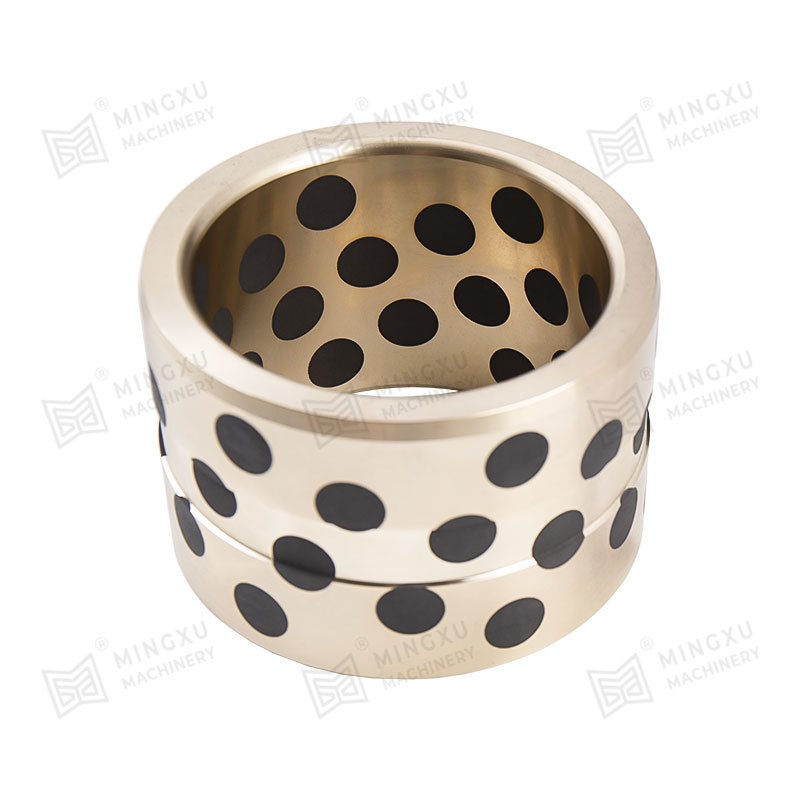
Lubricants for
solid-lubricating bearings usually have excellent resistance to high temperatures, high pressures and wear. This means that even under heavy load and high temperature conditions, the lubricating film remains stable and is not easily damaged. In addition, some advanced solid-lubricating bearings use special materials and designs to further improve their load-bearing capacity and stability.
During the use of solid-lubricating bearings, the lubricating film can be automatically adjusted and repaired. When the bearing is under heavy load, the lubricating film will thicken adaptively to provide better lubrication effect. At the same time, the particles in the solid lubricant can fill the micro-cracks and pits on the surface, thereby keeping the bearing surface smooth and intact.
Through its unique lubrication mechanism and material characteristics, solid-lubricating bearings can maintain stable operation under heavy load conditions, extend the service life of the bearing, and improve the reliability and efficiency of the equipment.




 English
English Español
Español

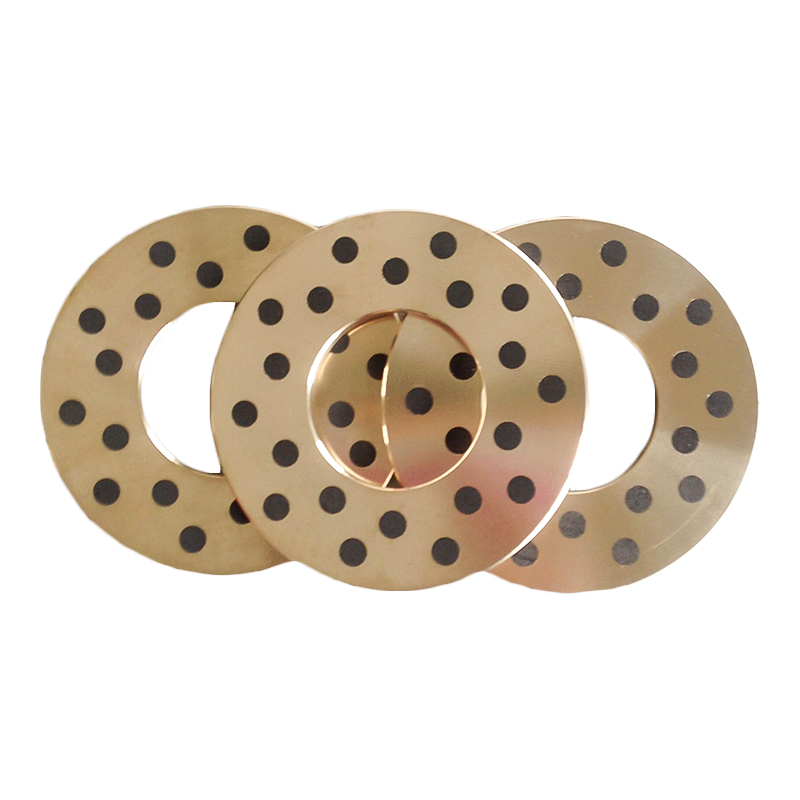

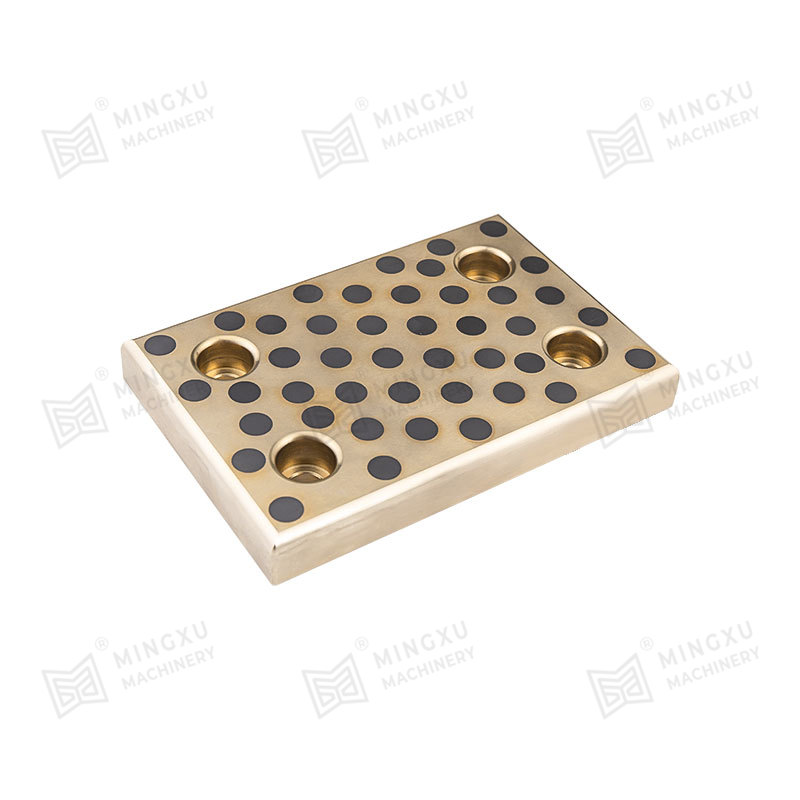



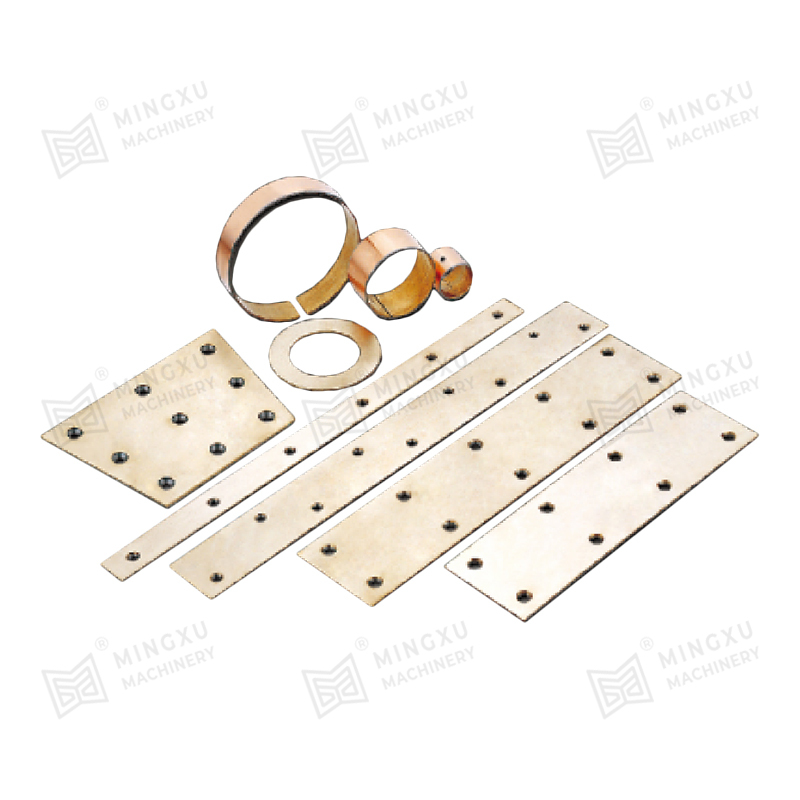
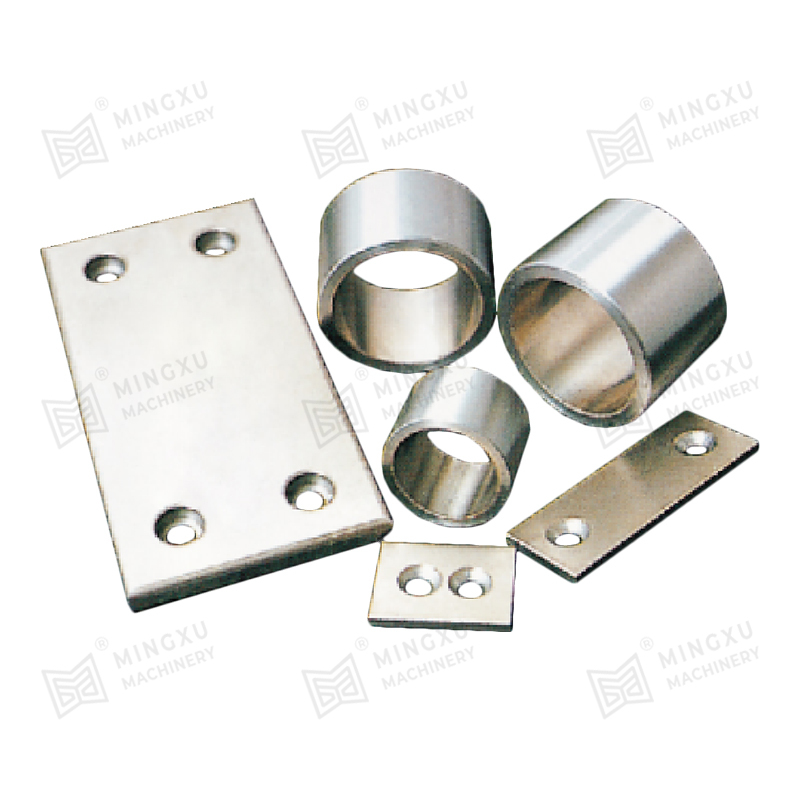
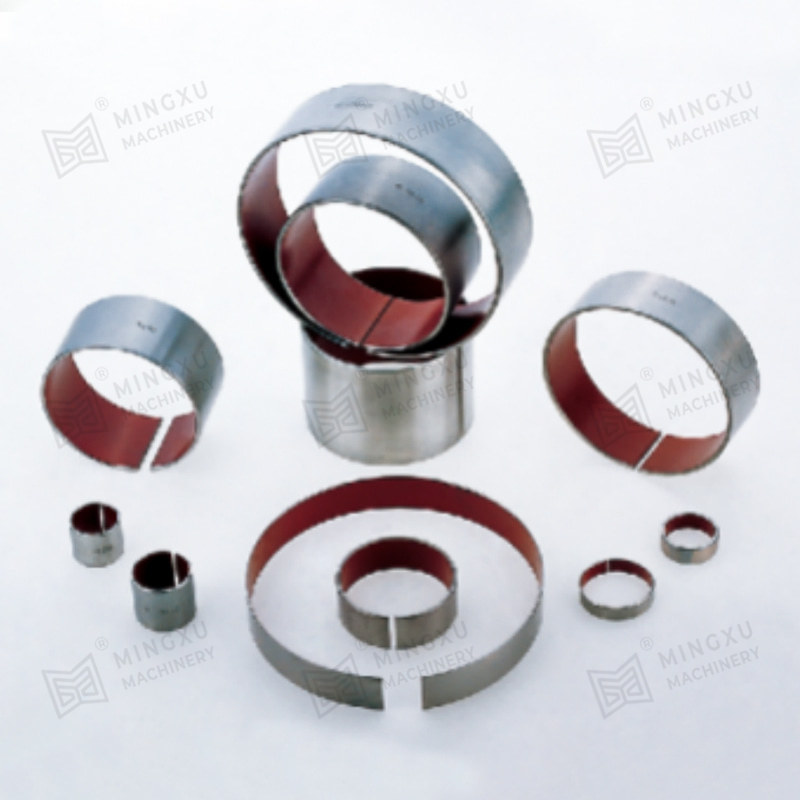







Contact Us